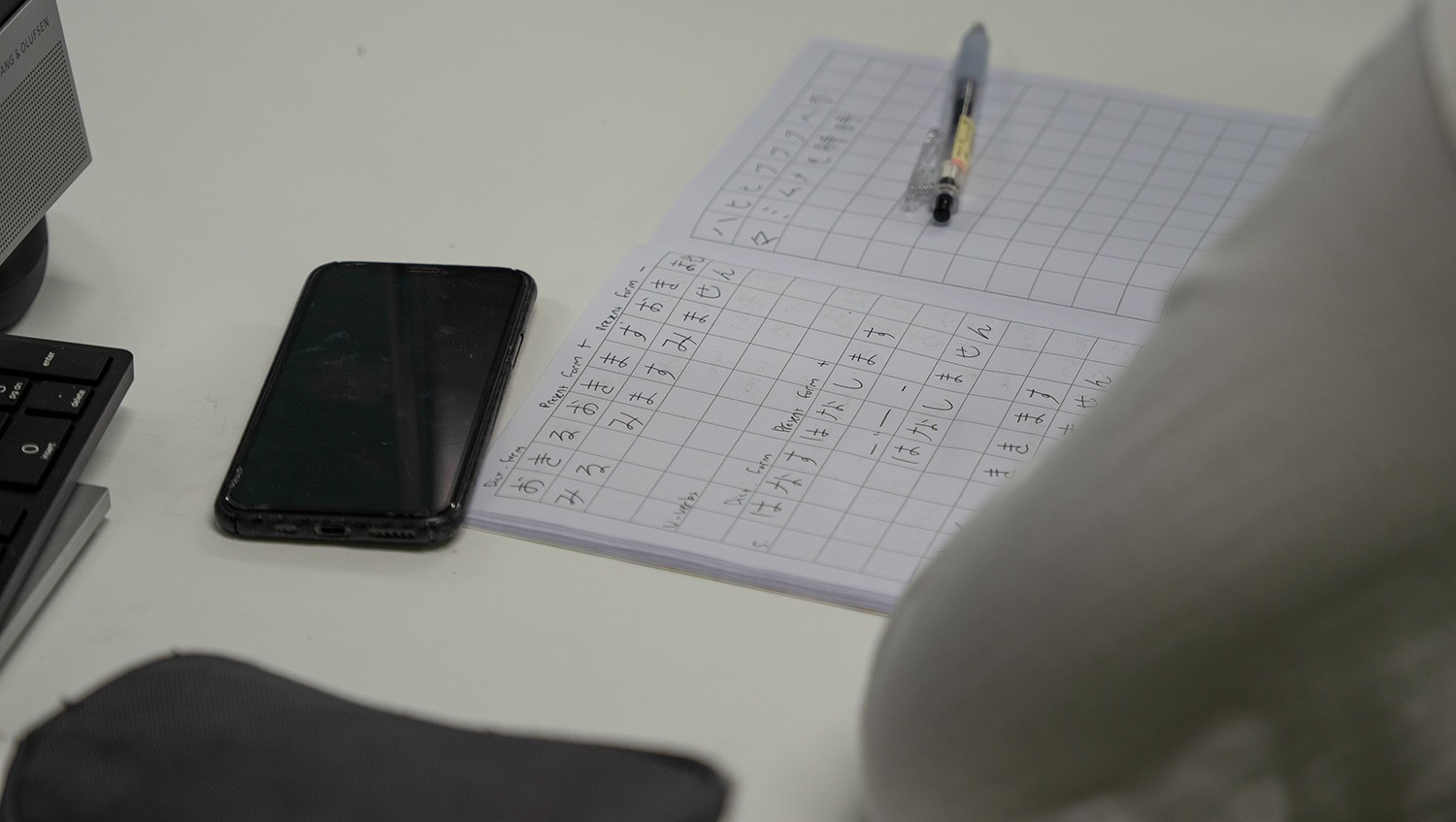 Japanese student studying Kanji
Japanese student studying Kanji
Japanese often earns a reputation for being incredibly challenging to learn. But How Difficult Is Japanese To Learn, really? While it presents unique hurdles, the perceived difficulty is often exaggerated. Let’s dissect the common challenges and explore why Japanese might be more accessible than you think.
Decoding the Japanese Writing System
The biggest obstacle for most learners is undoubtedly the writing system. With four different scripts – romaji (Romanized Japanese), hiragana, katakana, and kanji – it can seem overwhelming. However, romaji is primarily a learning tool and quickly phased out. This leaves three scripts to master.
Hiragana and katakana are phonetic syllabaries, each with only 46 characters representing sounds. Memorizing these is entirely achievable with focused effort and mnemonic devices. Kanji, adopted from Chinese characters, presents a larger challenge with over 2,000 commonly used characters. However, effective learning techniques like the Heisig method and spaced repetition software (SRS) like Anki and Skritter can significantly accelerate the learning process.
Navigating Japanese Grammar
Japanese grammar differs significantly from English, following a Subject-Object-Verb structure. Sentences often omit the subject, requiring contextual understanding. While this shift can be initially confusing, consistent practice and immersion can help internalize these patterns. Remember, every language has its own grammatical quirks.
The Real Key to Language Acquisition: Active Engagement
The truth is, all languages require dedication and consistent effort. Fluency hinges on actively using the language, making mistakes, and learning from them. The common complaint about Japanese people’s English proficiency often overlooks the lack of genuine opportunities for practical application. Formal education alone rarely produces fluency.
Similarly, simply residing in Japan won’t magically unlock Japanese fluency. Immersion is helpful, but active engagement is crucial. Creating opportunities to speak, interact, and use the language organically is paramount. Avoiding the “mother tongue bubble” by limiting reliance on English media and actively seeking out Japanese interactions is essential for progress.
Learning from Successful Learners
Countless individuals have successfully learned Japanese, demonstrating that fluency is attainable with the right approach. Their success stories highlight the importance of perseverance, active participation, and embracing the learning process.
Is Japanese Hard to Learn? The Verdict.
While Japanese presents unique challenges, it’s not an insurmountable feat. By focusing on effective learning strategies, embracing active communication, and maintaining a persistent attitude, you can overcome the hurdles and achieve fluency. The key lies not in the inherent difficulty of the language, but in the learner’s approach and commitment. So, is Japanese hard to learn? It’s challenging, yes, but definitely achievable.
